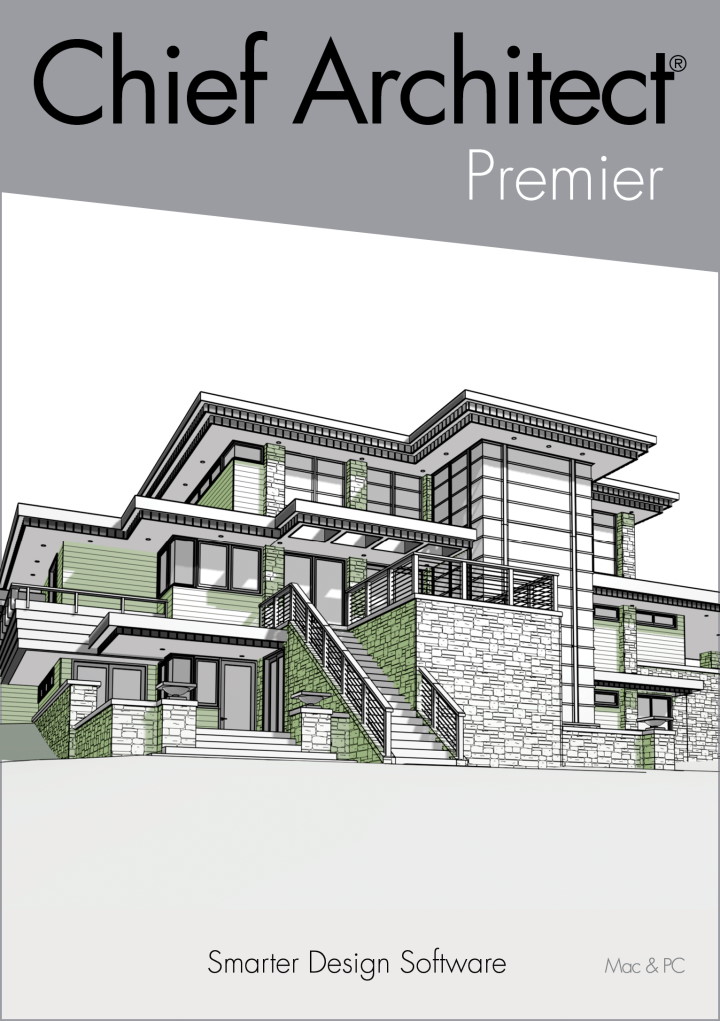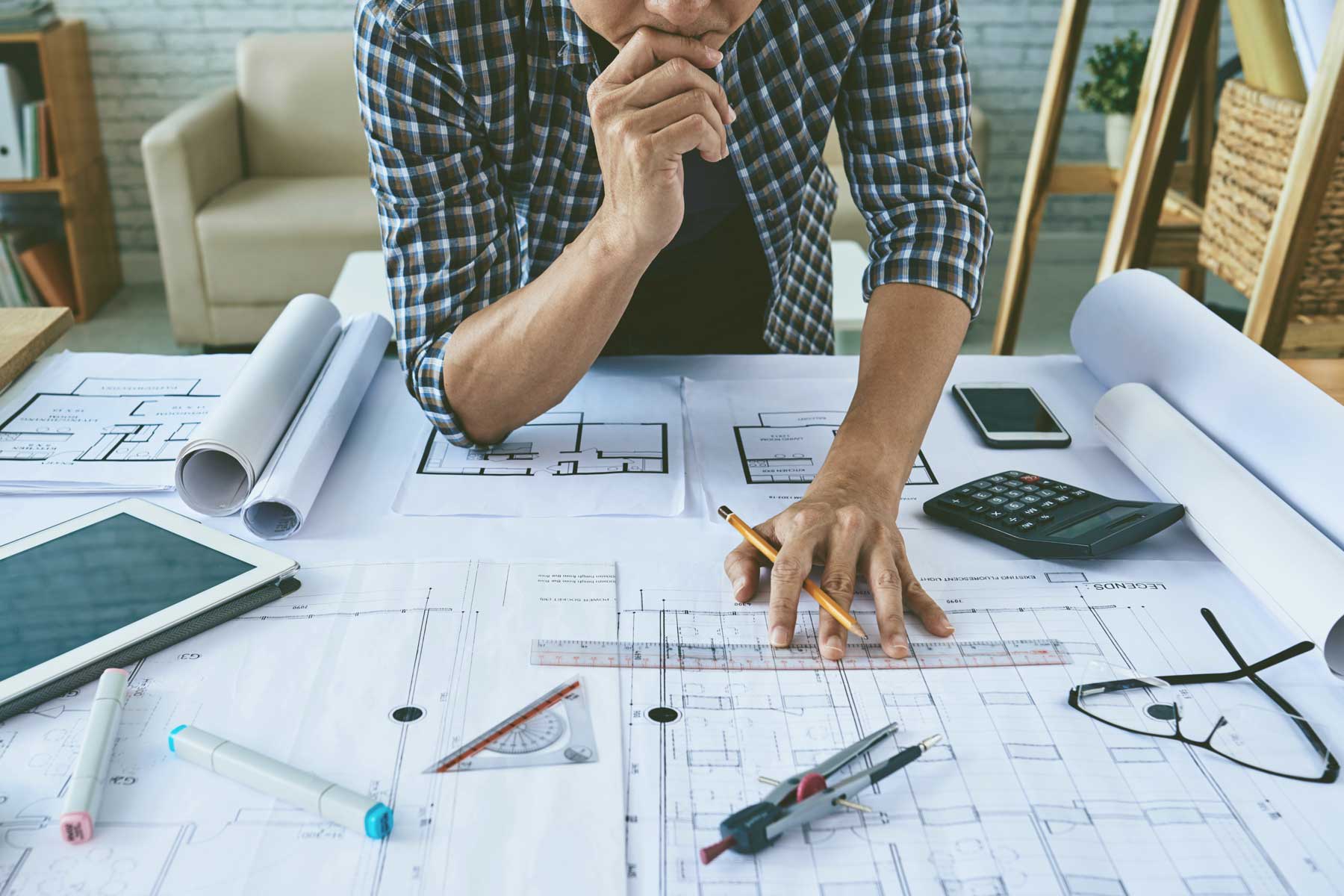Architect Career Path: Competencies, Studies, and Advancement Guide
Architect Career Path: Competencies, Studies, and Advancement Guide
Blog Article
Understanding the Diverse Job Paths Available for Aspiring Architect
As a hopeful Architect, you have a globe of career paths waiting for you. Whether you're drawn to typical architecture or the nuances of sustainable style, there's a particular niche that aligns with your rate of interests.
Typical Architecture: Designing Frameworks and structures
Traditional architecture concentrates on designing structures and frameworks that mix capability with visual allure. Your layouts can mirror social heritage, showcasing neighborhood practices while fulfilling modern-day demands.
You'll create skills in drafting, model-making, and site analysis, allowing you to picture and communicate your ideas efficiently. Engaging with clients, you'll require to recognize their vision and convert it right into viable designs.
Furthermore, building codes and sustainability techniques are important in your job, guaranteeing your structures are environmentally pleasant and risk-free. As you grow in your job, you'll locate chances in residential, business, or perhaps remediation projects, each offering one-of-a-kind difficulties. Welcoming typical style leads the method for a meeting profession that admires the past while shaping the future.
Urban Planning: Forming Neighborhoods and Public Spaces
As an aspiring Architect, you can play a necessary role as a city coordinator, changing how areas communicate and work. By using community interaction strategies, you'll ensure that homeowners have a voice in shaping their setting. Plus, incorporating sustainable layout principles will certainly assist develop areas that not just satisfy today's requirements however likewise protect the future.
Duty of Urban Planners
While several may believe of designers as the sole enthusiasts behind buildings, urban organizers play a necessary duty in forming the broader landscape of areas and public rooms. By working together with various stakeholders, you'll aid design parks, transportation systems, and domestic areas that promote social interaction and ease of access. Your experience in spatial layout and community dynamics enables you to imagine future growth while protecting cultural heritage.
Community Engagement Strategies
Reliable neighborhood involvement methods are essential for urban organizers to assure that the voices of locals are listened to and valued in the preparation procedure. To foster significant discussion, you need to focus on open forums and workshops where community participants can express their ideas and issues. By actively integrating and paying attention responses, you'll develop spaces that reflect the community's needs, ultimately leading to more sustainable and successful metropolitan atmospheres.
Sustainable Style Concepts
When designing urban spaces, incorporating sustainable layout principles is critical for creating atmospheres that grow both ecologically and socially. You must begin by concentrating on power efficiency, utilizing products that decrease waste and promote recycling. Think about incorporating eco-friendly spaces, like yards and parks, to improve biodiversity and improve air top quality. Promoting walkability and public transport can decrease dependence on automobiles, promoting a much healthier neighborhood.
Designing with water conservation in mind is likewise crucial-- consider rain yards and permeable surface areas to handle stormwater. Entailing neighborhood participants during the preparation process guarantees that the areas you develop satisfy their needs and urge social interaction. By embracing these concepts, you'll contribute to lively, sustainable metropolitan landscapes that profit everybody.

Landscape Design: Producing Lasting Exterior Atmospheres
As you check out landscape architecture, you'll uncover necessary style principles that develop lovely and practical exterior areas. Lasting methods play an essential duty in making sure these environments thrive while reducing environmental effect. Plus, you'll find a selection of profession opportunities that allow you to make an actual distinction in just how people engage with nature.
Style Concepts in Landscape
Comprehending style principles in landscape design is essential for creating sustainable outside atmospheres that balance with nature. You'll need to contemplate elements like range, equilibrium, and proportion to guarantee your designs really feel natural and inviting. Furthermore, pay attention to seasonal changes, developing with products that match the surroundings year-round.
Sustainable Practices Overview
Lasting practices in landscape style not only focus on aesthetic appeals yet also focus on eco-friendly health and resource preservation. You can create areas that promote dirt wellness, such as using organic materials and practicing permaculture concepts. Eventually, these methods ensure your designs profit both people and the atmosphere for years to come.
Job Opportunities Exploration
With a strong foundation in lasting techniques, landscape architecture supplies a range of profession courses that allow you to make a purposeful influence on the setting. Urban planners typically team up with landscape engineers to create eco-friendly spaces in metropolitan setups, boosting city livability. If you're passionate regarding education, consider ending up being a landscape architecture instructor, motivating future generations.
Sustainable Design: Concentrating On Eco-Friendly Practices
As you explore your profession in design, embracing environment-friendly practices can set you apart in a competitive field. Sustainable design concentrates on developing structures that minimize ecological influence while enhancing passenger health. By incorporating eco-friendly materials, energy-efficient systems, and sustainable structure methods, you'll contribute to a greener future.
Start by acquiring understanding of eco-friendly qualifications like LEED or BREEAM, which can strengthen your credentials. Think about exactly how natural light, air flow, and thermal performance can optimize style. Collaborate with engineers and ecological experts to innovate options that minimize waste and preserve sources.
Do not fail to remember the significance of area participation-- engaging neighborhood stakeholders can motivate styles that harmonize with the atmosphere. As clients increasingly prioritize sustainability, your expertise in environmentally friendly techniques will not only draw in projects however additionally accomplish your enthusiasm for liable style. Accept this crucial facet of the occupation, and watch your occupation prosper.
Historical Conservation: Securing and Bring Back Social Heritage
While you begin on your building trip, take into consideration the important duty of historic conservation in keeping our my website cultural heritage. This field concentrates on the defense and restoration of considerable structures, sites, and structures that inform the tales of our past. By participating in historic preservation, you'll aid protect the architectural tradition that shapes community identification.
As a historical conservation Architect, you'll examine historic relevance and examine the condition of frameworks. You'll function carefully with guardians and historians to guarantee genuine restoration strategies are used. This career path allows you to mix creative thinking with research study, enabling you to make solutions that appreciate initial materials and craftsmanship.
Your work not only adds to sustainability by reusing existing structures but likewise promotes a sense of pride within communities. Embracing this course will certainly help you come to be a guardian of background, preserving the stories and aesthetic appeals that enrich our lives.
Inside Architecture: Enhancing Indoor Spaces
Historical preservation and indoor architecture both share a commitment to boosting the developed environment, however they concentrate on various facets. While historical conservation emphasizes maintaining a structure's historical and social value, indoor style zeroes in on optimizing interior areas for functionality and visual appeals.
As a hopeful Architect, you'll find that interior style allows you to blend creativity with technical skills. You'll make rooms that not only look good however likewise promote convenience and performance. This field involves comprehending exactly how light, color, and materials engage within a space, affecting mood and use.
You'll work with different projects, from household homes to business workplaces, guaranteeing that each atmosphere fulfills the needs of its owners. By focusing on individual experience, you can transform interiors into useful and motivating spaces, making a significant influence on how people connect with their surroundings. Embrace the opportunity to enhance interior environments and form the method people live and work.
Industrial Style: Combining Functionality With Aesthetic Appeals
Industrial style plays a necessary role in creating items that seamlessly mix looks with capability, guaranteeing that what you utilize everyday is not just aesthetically appealing however also useful. As an ambitious Architect, you can immerse on your own in this area, concentrating on making everything from furniture to consumer electronic devices. Your job includes recognizing individual requirements, products, and making processes, allowing you to create cutting-edge remedies that enhance everyday experiences.
In industrial design, you'll often team up with engineers, online marketers, and suppliers, guaranteeing that your layouts are not just stunning however additionally viable. This occupation path supplies a dynamic environment where creativity satisfies usefulness, making it a fulfilling option for architects interested in forming the items of tomorrow.
Often Asked Questions
What Educational Qualifications Do I Required to End Up Being a Designer?
To end up being a designer, you'll need a professional level in architecture, generally a Bachelor's or Master's. In addition, you'll need to complete a teaching fellowship and pass the Architect Registration Assessment to practice legally.
Exist Certification Needs for Different Building Job Paths?
Yes, there're qualification requirements for numerous building courses. Architect. You'll need to pass examinations, full teaching fellowships, and in some cases pursue specialized training, depending on your picked emphasis, like landscape design, city design, or historic preservation
What Software Program Abilities Are Important for Architects Today?

Just How Can I Gain Practical Experience While Studying Architecture?
You can get functional experience by interning at architectural visit the site companies, joining layout competitions, offering for neighborhood tasks, or teaming up with classmates on real-world projects. These opportunities improve your abilities Website and develop valuable links in the industry.
What Task Opportunities Exist Outdoors Standard Style Firms?
You can explore various task chances outside conventional design firms, like metropolitan planning, interior layout, landscape architecture, building and construction administration, genuine estate advancement, and even functions in sustainability consulting. Each deals unique challenges and incentives.
Whether you're drawn to conventional style or the nuances of sustainable layout, there's a particular niche that lines up with your interests.When designing city areas, including sustainable layout concepts is important for developing environments that grow both environmentally and socially.As you check out landscape style, you'll uncover necessary design principles that produce functional and attractive exterior spaces.Recognizing layout principles in landscape design is necessary for producing lasting outdoor environments that integrate with nature.In industrial design, you'll usually work together with designers, suppliers, and marketing experts, ensuring that your layouts are not just lovely however also possible.
Report this page